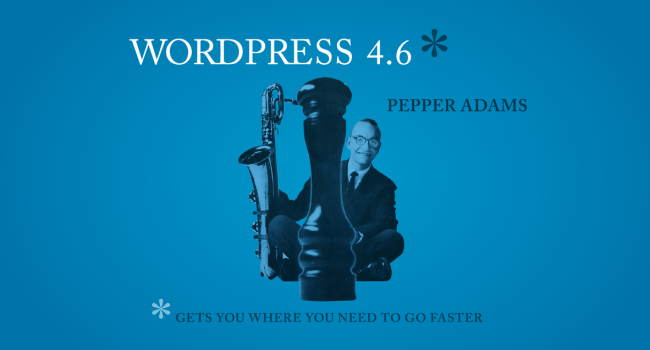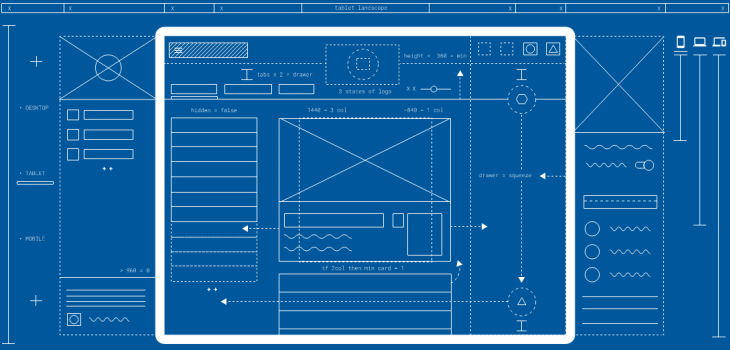A couple of decades ago, having a business website was seen as a luxury. Fast forward to 2017, it is a must-have marketing tool for all businesses looking to take full advantage of the leveraging power the internet offers. More importantly, companies do not only need a website but a well-designed website that aligns itself with best practices, online marketing standards and design trends.
Put differently, creating a website is not a once-off activity where web designers complete a project and fold their arms till eternity. It is a continuous process of constant improvement to keep users coming back while enhancing the company’s online presence.
Customers usually associate your website with your service, meaning a poorly designed and outdated website reflects on the quality of services provided by your company. The credibility of a company is also shaped by the quality of its website (design, usability and content) and the rate at which it is given a facelift from time to time.
Below we discuss briefly, signs that give the indication that your business website needs a facelift.
Unresponsive website:
More than half of South Africans surf the net using mobile phones and this is not going to change anytime in the future. Content consumption on mobile devices presents a huge opportunity for web designers to adapt websites to be more adaptable and mobile-friendly.
A responsive website gives all users equal opportunity irrespective of the platform (mobile, tablet or desktop) at their disposal. This promotes a positive user experience that will go a long way to improve a company’s market share. If your business website is not responsive, it is a clear sign for change now!
Slow page load:
Experience has it that users do not have time to wait on sluggish sites even if it has the most exciting features and content. There are two main causes of slow speed on websites: it is either poorly developed or the hosting server platform is absolutely slow. The onus lies on the webmaster to identify the cause of the problem in order to improve it.
From an article written by Shaun Anderson, titled “How Fast Should A Website Load?”, he mentioned that websites that load slowly will impact negatively on SEO; “Google might crawl your site slower if you have a slow site. And that’s bad – especially if you are adding new content or making changes to it.”, he added.
Having instantaneous page loads at the click of a button will enhance the company’s search engine rankings, attract and retain customers and give them a great user experience.
Are you having slow page loads on your website? If you answered yes, then it is time for some redesign work to begin immediately.
Clumsy homepage:
The homepage serves as the virtual reception of a company, hence it must look the part. The trend here is to use clean content structure that is easy to read and with concise information that captures in essence what you are all about.
If this is not the case on your website, make a date with your web designer for a makeover today.



